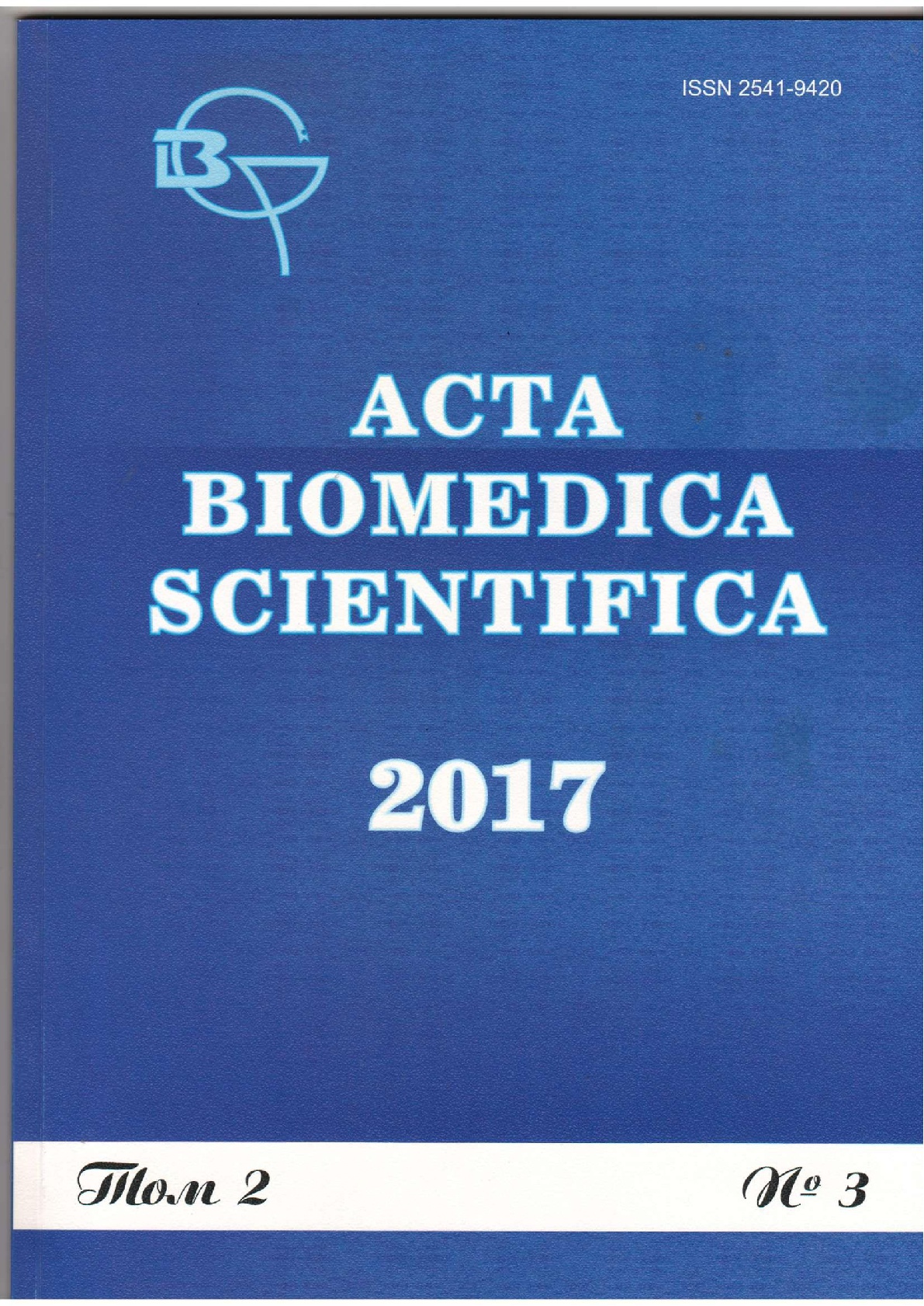Ulan-Ude, Ulan-Ude, Russian Federation
Evidential base for diagnosis and treatment of myocardial infarction is based on the results of randomized clinical studies that included mostly male patients. Objective: to determine gender specifics in development, progression, methods of treatment, diagnostics, outcomes of myocardial infarction for defining customized approaches to its treatment. Study material and methods: 84 medical records of patients with myocardial infarction – 50 male and 54 female patients admitted in the emergency cardiac care department. Statistical data is processed in Microsoft Excel and Statistica v. 10.0. Results. Female patients suffer myocardial infarction late in life; they display higher obesity rate, renal dysfunction, type 2 diabetes as compared to male patients. At the time of admission to hospital the risk of hemorrhage is higher among female patients, which is related to the higher rate of renal disfunction and age. Average CRUSADE score for female patients is 39.14 ± 2.5, for male patients – 22.7 ± 1.4 points. Female patients demonstrate higher frequency of atypical symptoms for myocardial infarction – 18 %, compared to 8 % for males (p = 0.05), that leads to prolongated period of symptom-hospitalization. Thus, there are less women who are hospitalized within first 3 hours – 6 % against 28 % men (p = 0.01). Women display tendency to a higher frequency of Q-negative and recurrent myocardial infarctions, men – to first-time and Q-positive infarctions. As for the frequency of CAG, TLT and PCI, as well as mortality rate due to MI there is no difference between the groups.
myocardial infarction (IM), gender specifics, mortality, revascularization
1. Sodnomova - kardiologiya IM





